Over 60 years ago, George Moore theorised that the number of transistors on a microchip doubles every two years. Moore's Law, as it later became known, essentially implies that computers and anything that runs on computing power all become smaller, faster, and cheaper every two years or so, as transistors on electronic circuits become more efficient.
To illustrate this point, think about all the times you've needed to purchase a new phone or computer every couple of years, much sooner than you'd like to in many cases, to make sure you can run certain applications or operating systems on your personal devices.
Thus, just as your cell phone or laptop decreases in size and becomes more efficient, so, too, does more specialized computing and IT equipment. Computers that once filled up entire rooms over 60 years ago when Moore first made his assertion are now small enough to be transported in a case to be deployed anywhere at any time.
IT Equipment Transportation Imperative For Specific Industries
For many industries, it is imperative that they be able to move sensitive critical IT equipment from point A to point B and seamlessly deploy said equipment.
Broadcasting & Music Industries
For the broadcasting, video, audio and music industries, travelling with and transporting mixers, recorders, audio workstations, signal processing systems, amplifiers and other audio equipment from one event to the next is the norm.
Military & Defense
In the military, state-of-the-art equipment such as servers for radio and telecommunications technology, control systems and systems for monitoring and reconnaissance must be transported to military operation areas around the globe for on-site operation.
Science, IT & Critical Communicatons
In scientific and other IT industries, servers, radio communication systems, medical or testing equipment components, seismic data recording instrumentation, laboratory equipment, solid-state circuit electronics and Satcom systems are just some of the extremely fragile electronics that must be transported around the world to facilitate the operation of organizations and professionals in these industries.
19-Inch Rack Mount Cases for IT Transportation & Protection
As one might imagine, during transportation, IT and electronic equipment must be protected from inclement weather conditions which can cause dust, sand, and moisture, among other things, to prevent damaging the equipment. Given that transport is also onerous physically, this same equipment must be protected from potential vibrations and shocks. So, how do these industries transport their sensitive and fragile equipment? Enter the 19-inch portable rack mount case.
What is a Rack Case?
The ideal transport solution to protect IT equipment is a portable 19-inch rack case. A 19-inch rack is a standardized frame or enclosure for mounting multiple electronic equipment modules. Each module has a front panel that measures 19 inches (482.6 mm) wide. The 19-inch dimension includes the edges, also known as 'ears', that protrude from each side of the equipment, allowing the module to be fastened to the rack frame with screws.

What is a rack unit?
Equipment designed to be placed in a rack is typically described as a rackmount. The height of the aforementioned electronic modules that are mounted in racks is measured in rack units. A rack unit, abbreviated as U and sometimes RU, is the standard unit of measurement applied to rack mounts and the servers, disk drives and other devices that they contain. A rack unit corresponds to a height of 1.75 inches or 44.45 millimetres. Thus, you will often see rack cases of different sizes prepended with the number of rack units the case can accommodate, such as for example, a 4U rack case. This rack case would be able to accommodate an electric module with a height of four rack units.
How does a rack case protect IT equipment?
In addition to the above, one of the most important aspects of a rack case is the protection it provides for the sensitive IT equipment it houses. This is especially key during transport, as these cases are made to allow for transport of the equipment and must not allow any shocks or vibrations to occur to the sensitive equipment and must also ensure effective protection against external elements such as moisture and dust.
Shock mounts made of elastic plastic or other protective materials are incorporated into the cases to provide a buffer zone between the inner 19-inch frame and the walls of case. This isolates the devices housed inside the cases and allows for the absorption of shocks and vibrations during transportation without harming the devices inside.
They are also often expected to protect the equipment from outside elements such as water and dust and thus will have some degree of Ingress Protection.
How do rack cases facilitate transportation and operation?

PELI Rack Cases
Peli Products is a manufacturer of 19-inch high-impact polyethylene rack cases with built-in frames for the mounting of electronic devices of all kinds.
Peli rack cases' innovative design process and rigorous testing methods ensure that vital, sensitive and expensive electronics remain protected during transport and can take repeated drops, blows and soakings while protecting the gear inside.
If you're interested in finding out more about Peli's Rack Cases, download our FREE rack mount case guide by clicking on the button below.
Get more information about Peli's rack cases here.




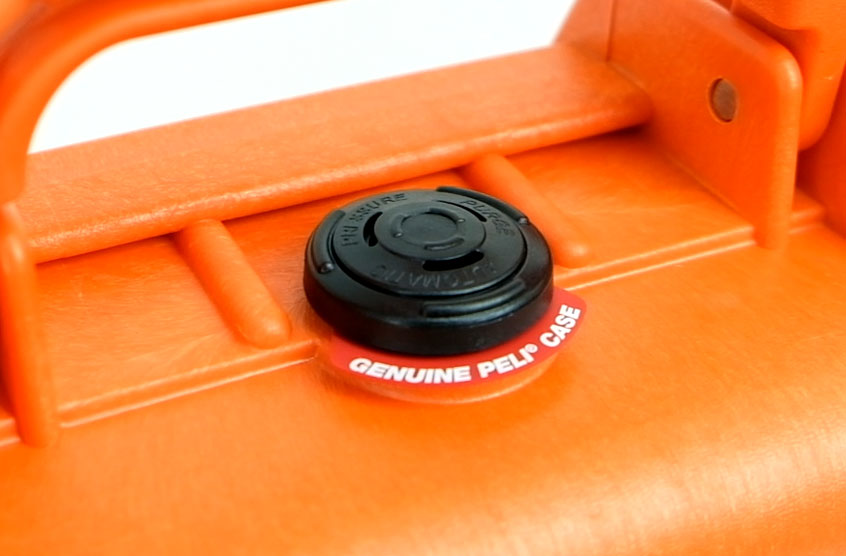
.png)





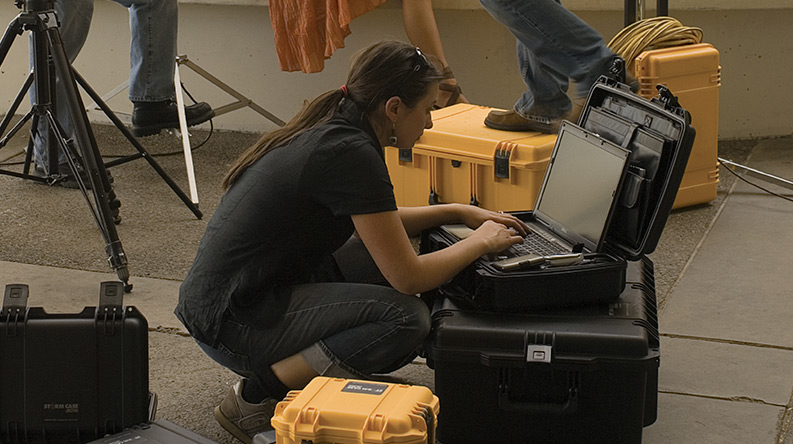
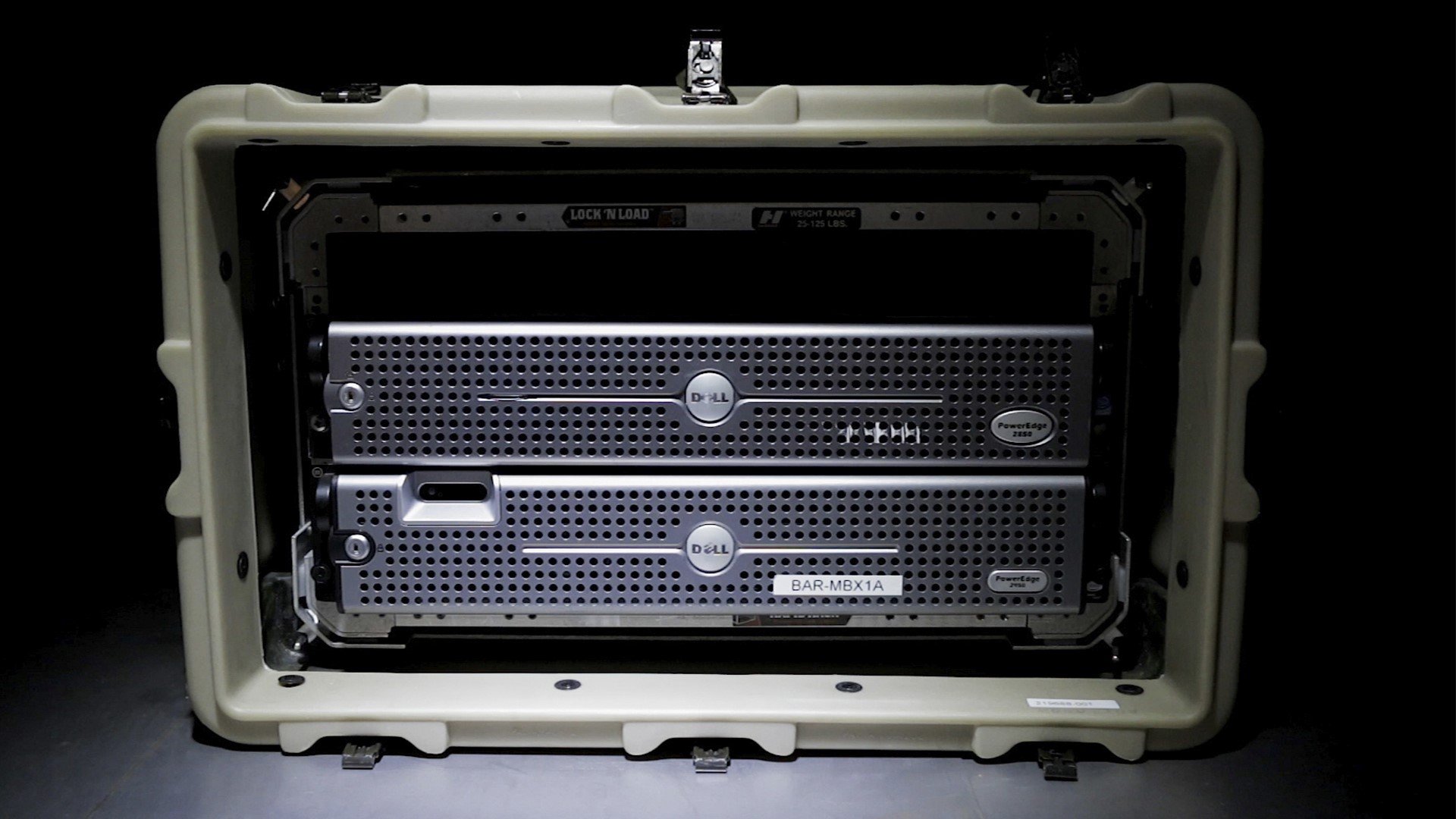
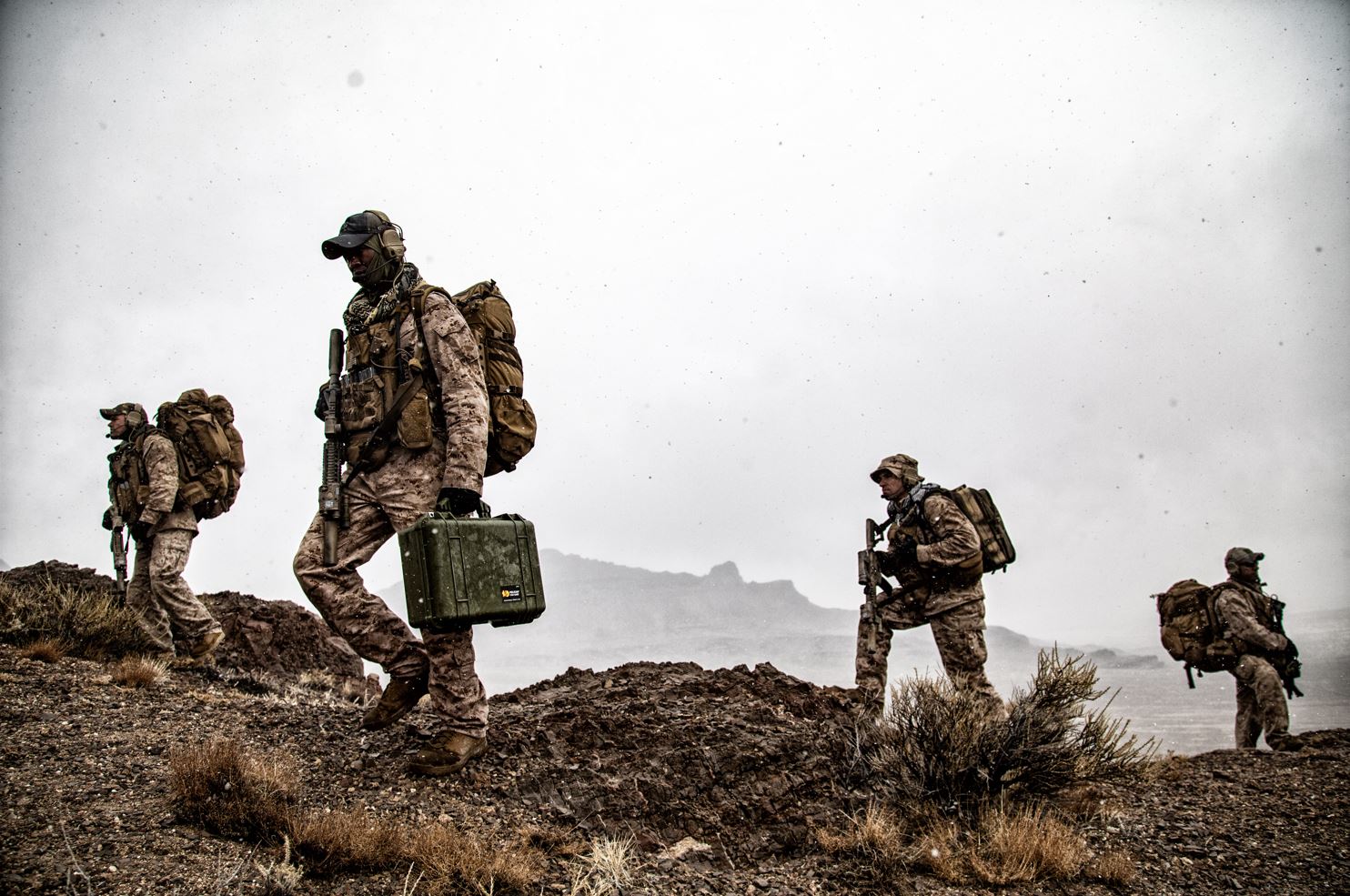

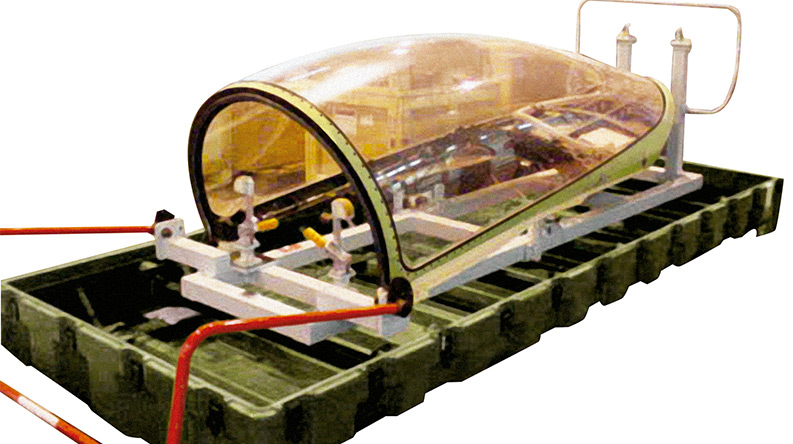
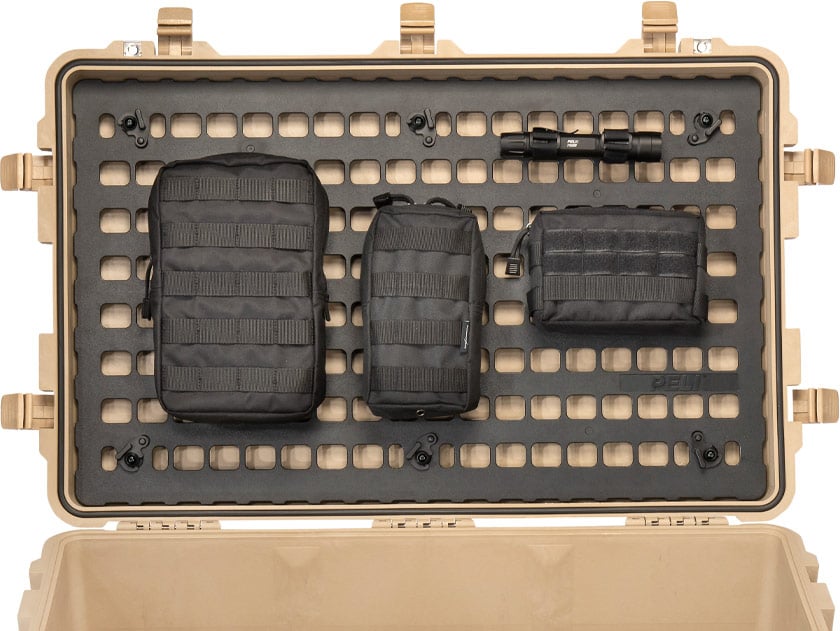
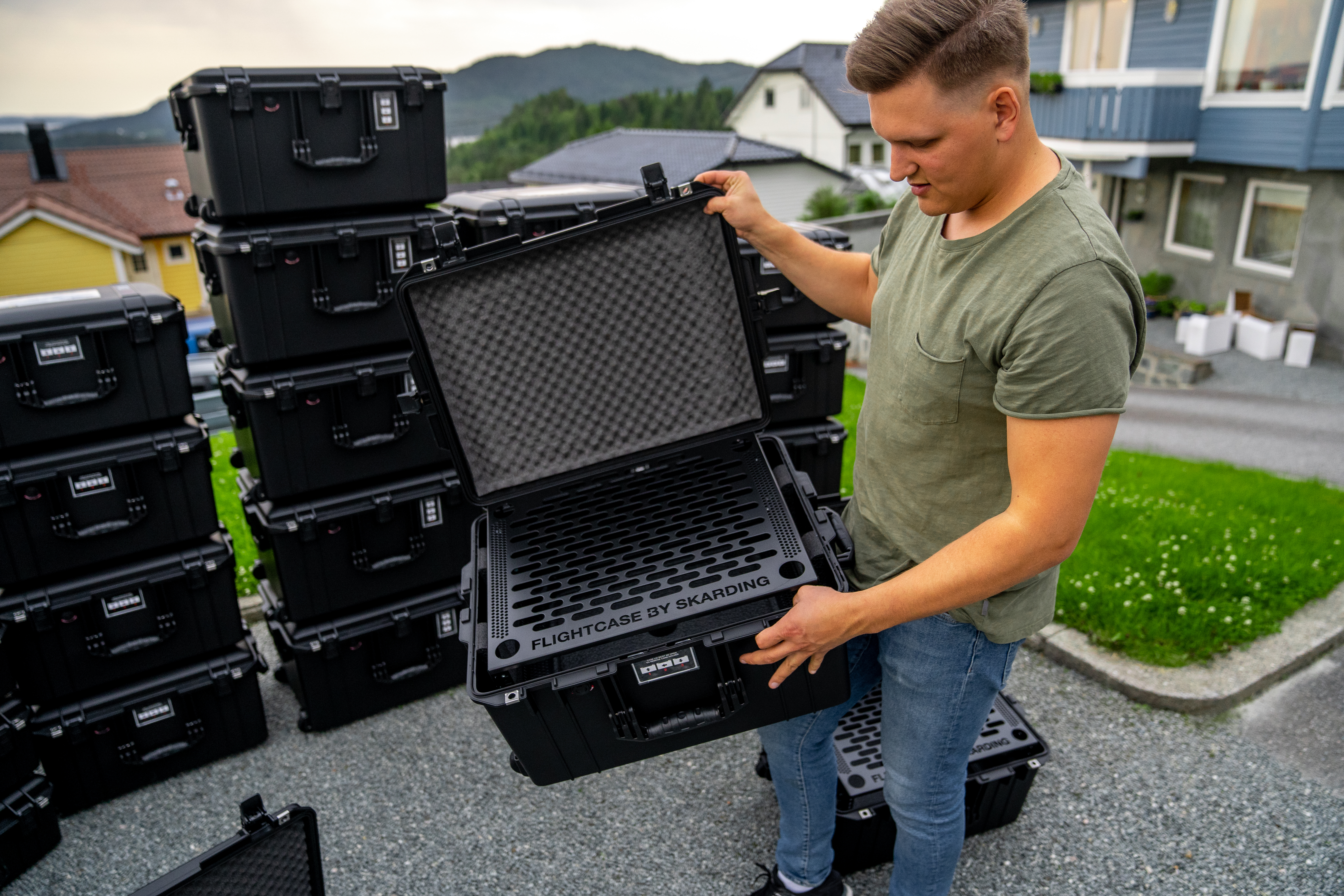
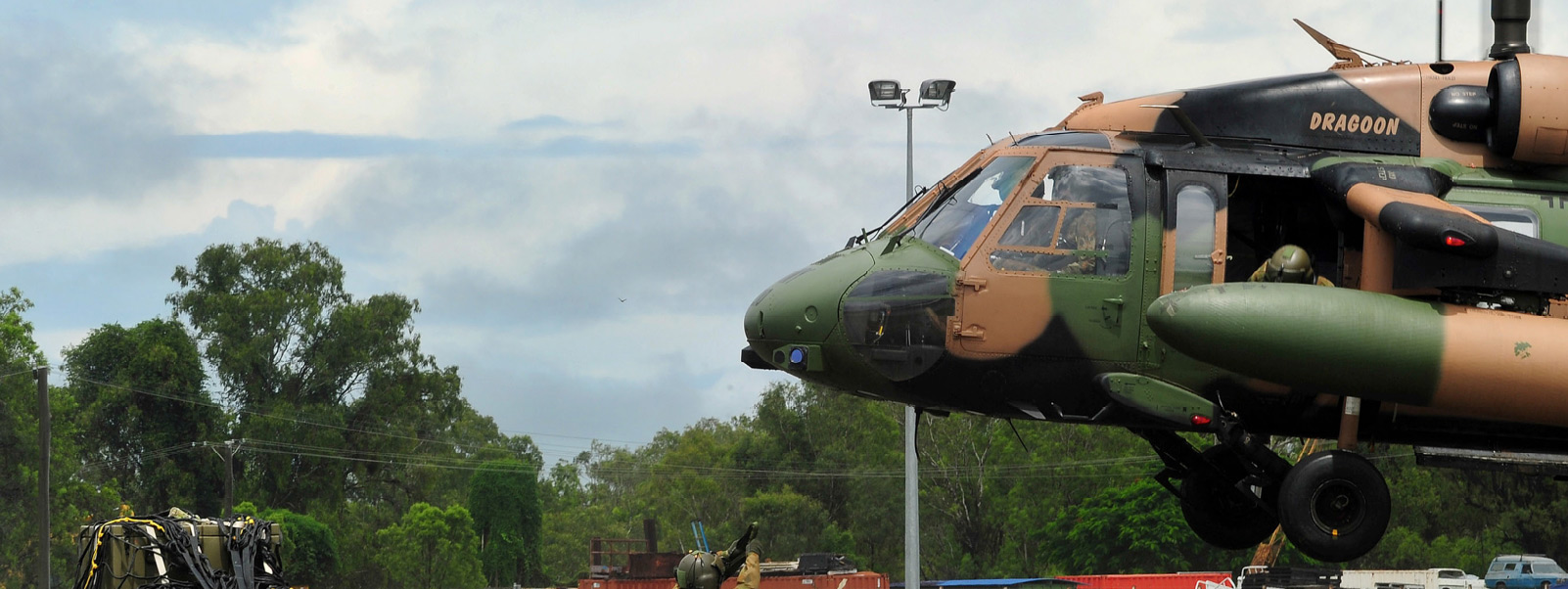
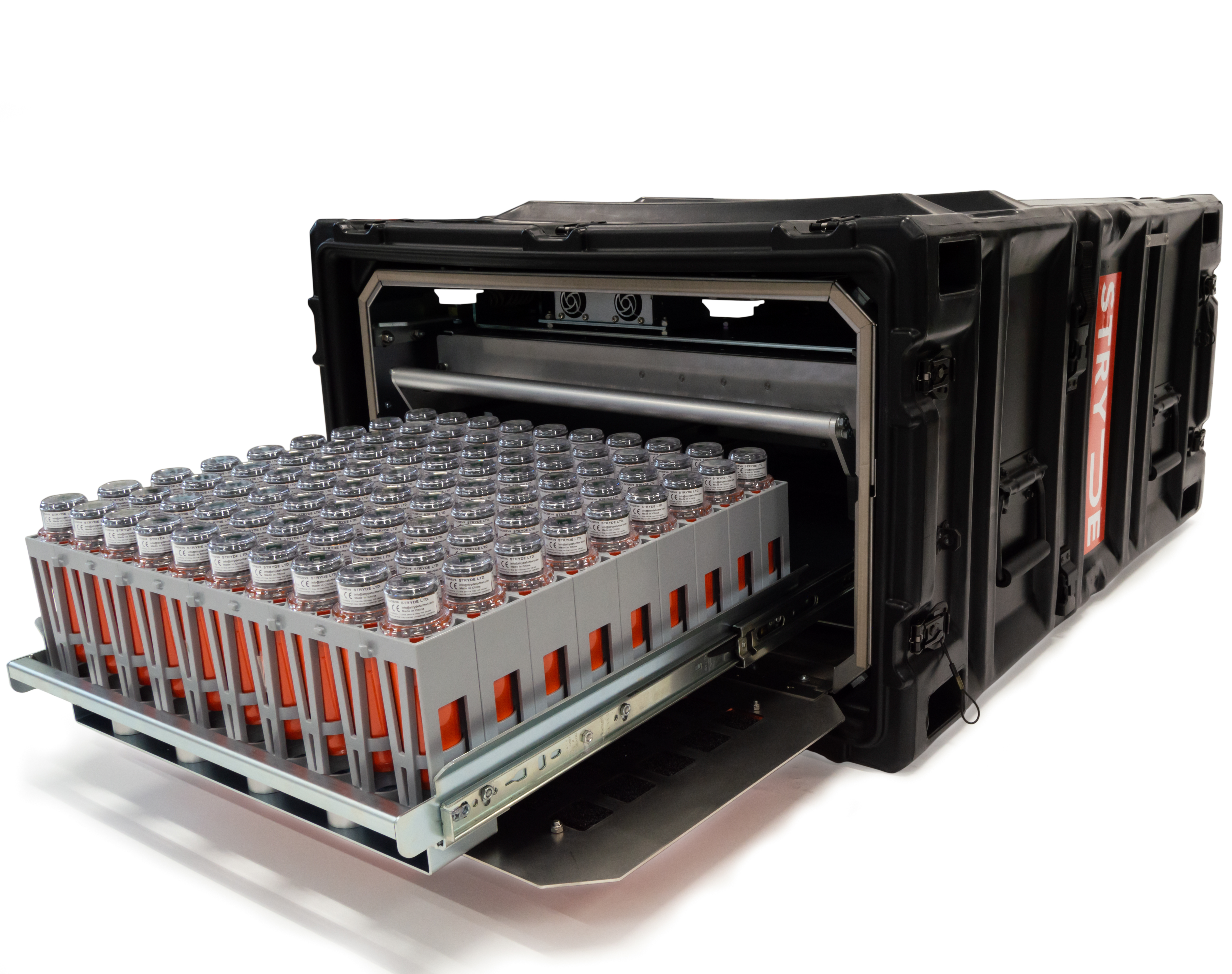
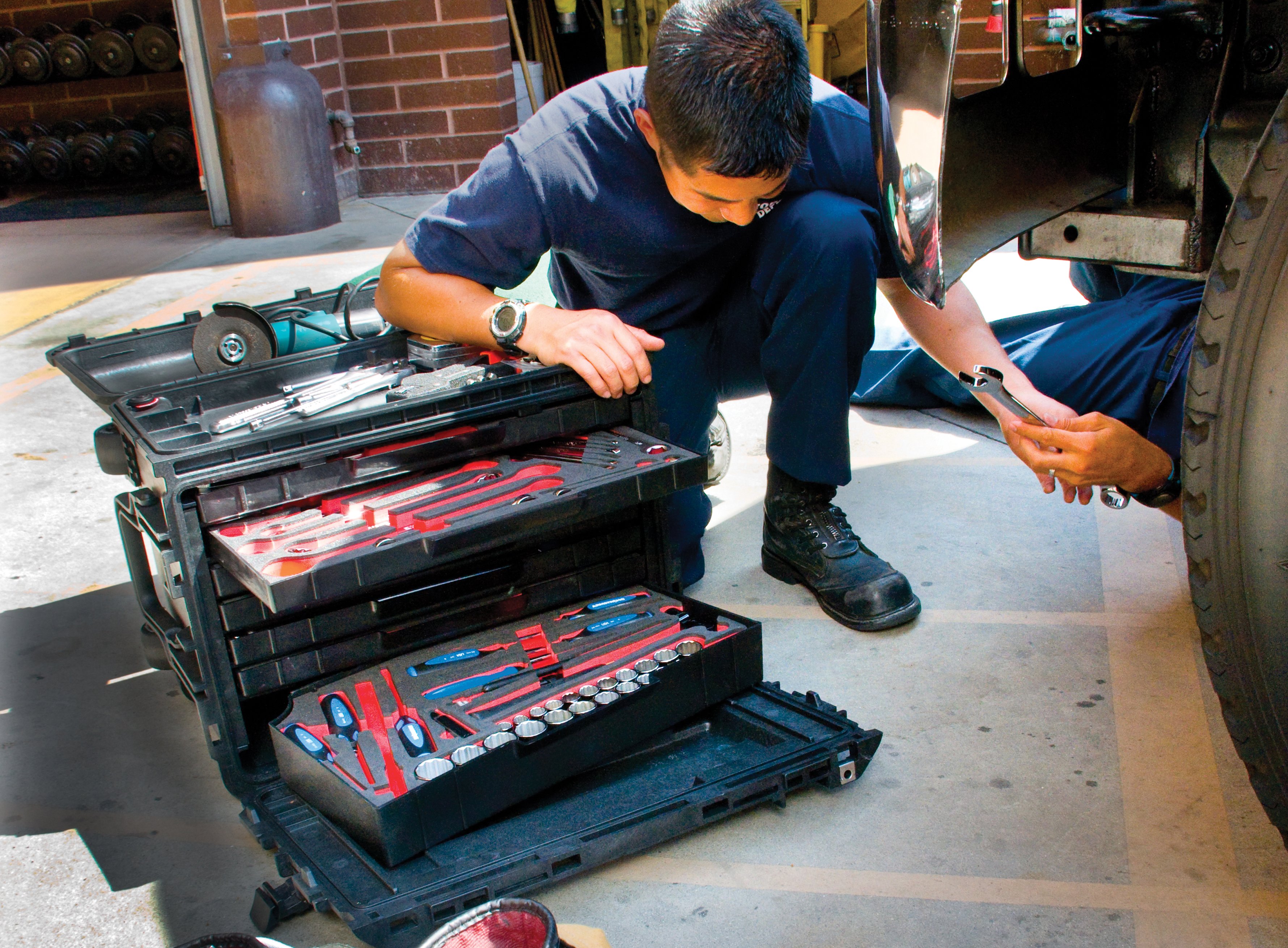
Post a comment